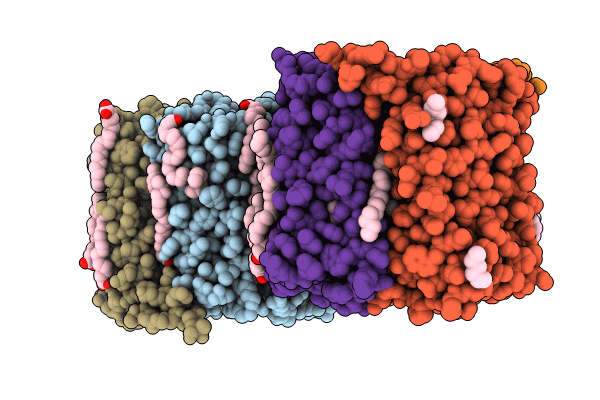
Deposition Date
2024-01-17
Release Date
2024-10-16
Last Version Date
2024-10-30
Entry Detail
PDB ID:
8XX8
Keywords:
Title:
Structure of Glycilhalorhodopsin from Salinarimonas soli
Biological Source:
Source Organism:
Salinarimonas soli (Taxon ID: 1638099)
Host Organism:
Method Details:
Experimental Method:
Resolution:
2.63 Å
R-Value Free:
0.24
R-Value Work:
0.20
R-Value Observed:
0.21
Space Group:
P 1 21 1


